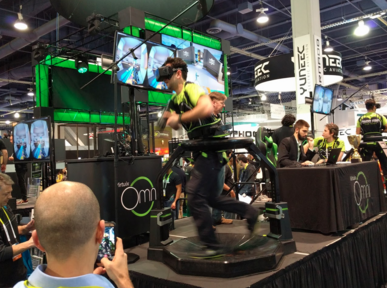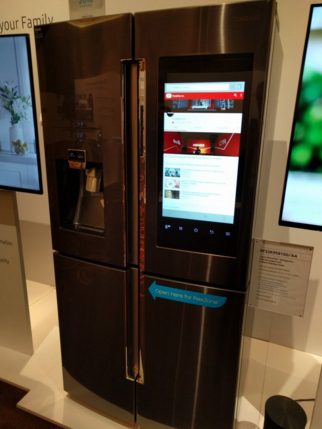CES is not just about electronics anymore. It’s now one of the biggest events of the year for the marketing and ad industries as well. Over 5,000 people from the industry (out of a total of about 175k CES attendees) converged on Las Vegas to see the latest trends, set up meetings and go to parties.
The average American consumer spends 10 hours a day consuming media, almost all of which through electronic devices. It’s not surprising therefore that understanding the latest trends in consumer electronics and media consumption has become essential for marketers. There is probably no better forum in the world than CES to see all these trends in one place.
Pixability attended CES as well. Here are the trends we think are essential for marketers and advertisers:
Streaming Video Keeps Growing
YouTube’s chief business officer Robert Kyncl held a keynote presentation at CES, predicting that digital video will overtake traditional TV by 2020. Right on cue, Netflix officially launched its service in 130 more countries, making the service available pretty much everywhere in the world.
The next generation of TV sets come with Internet connectivity and streaming apps built in, including in almost all cases YouTube, Netflix, Hulu and Amazon. This universal availability of streaming video requires marketers to include platforms like YouTube in their ad campaigns from the very beginning. It increasingly is the best way to reach the most attractive audience segments, even on the big screen in the living room.
Virtual Reality is Entering the Mainstream
Oculus (part of Facebook) officially released its consumer VR headset for CES and had a very large booth with very long waiting lines. Several companies offered affordable and not-so affordable 360 degree VR cameras and various other hardware. One of the most interesting probably was probably this VR treadmill that lets you actually run around in virtual worlds. Virtual is getting more real.

Online giants Google (with Cardboard and 360 degree YouTube videos) and Facebook (with Oculus and 360 degree videos on Facebook) are both deeply invested in this trend. Using VR technology for marketing purposes was one of the most discussed topics in the marketing components of CES. Brands like Volvo, HBO and Nescafe have started to experiment with VR ads, but the medium is still clearly in its early days.
Smart Homes Get Even More Screens
Another growth area was smart home technology, covering everything from Wifi-enabled light bulbs to highly sophisticated networked security systems.

Even home appliances are getting smart, networked and equipped with ever larger screens. One of the most discussed products was Samsung’s latest connected fridge that contains a 21 inch touchscreen in its door, featuring full tablet functionality including apps and a web browser. It’s not hard to see how this kind of environment could be interesting for marketers.
Wearables are Becoming More Stylish and Useful
Wearables of all forms and sizes — smartwatches, fitness trackers, and intelligent fashion — were probably the biggest trend at last year’s CES, and it continued to be strong this year. However, it seemed like the industry is currently running out of ideas for how to make wearables more compelling. Smartwatch manufacturers are trying to make their products more fashionable to appeal to a broader audience, while fitness tracker companies are constantly broadening their products’ feature sets. Health monitoring is currently probably the most compelling application for wearables.
The impact of wearables on marketing is currently still largely speculative. It’s unlikely that the small screens of smartwatches lend themselves to advertising. But brands that come up with useful smartwatch apps could benefit from this additional channel to consumers. Furthermore, the increasing availability of consumer activity data through wearables could certainly be of interest for brands in several industries, including sports equipment, pharma, food, travel and e-commerce. But at least this year CES didn’t show any tangible trends in this direction.
The Drone Market is Trying to Take Off
Dozens of companies showed off flying drones of all sizes — autonomous and manually controlled ones, any number of propellers between 1 and 8, any size between fitting on the palm of your hand to big enough to carry a passenger. The market seemed a bit overheated, since the use case for all these drones has not emerged much beyond aerial photography and videography.
Self-Driving Cars Will Change Commutes Forever
The car industry traditionally has a strong presence at CES, but in past years focused mostly on in-car entertainment, GPS systems and tuning equipment.
This year the dominant trend were self-driving cars. All major manufacturers have announced self-driving car initiatives, and the predictions for when they will be broadly available are becoming even more aggressive. Many experts assume that we’ll see fully self-driving cars on roads by 2020.
It’s still hard to predict when self-driving cars will become a mass market item, but the impact on the media industry could be quite profound. Commute time will become available for even more screen-based media consumption, and in combination with the mobility of a car many interesting scenarios for media content and advertising arise.
Find more insights on the changing video ad landscape at Pixability’s blog.